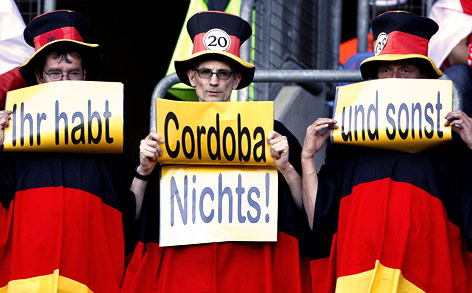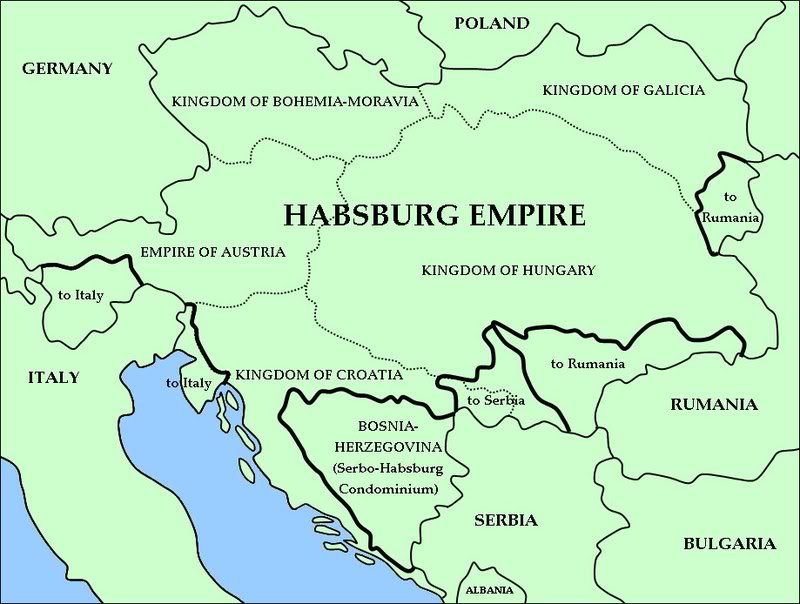Halloween winked then waved at me and became my starting line. Ready, set, ...Klimt! Gustav Klimt for Halloween! I still remember that first afternoon in Vienna this summer. Exhausted from almost 24 hours of travel, I was determined to go out into the city and do something, anything. Since my hotel wasn't too far from the Museumsquartier, I eventually landed at the Leopold Museum, which I basically knew nothing about. Truly, I think it's better to travel with out too much knowledge or expectations for your destination, otherwise it just leads to general disappointment. (Exhibit A: the Mona Lisa.)
The Leopold, it turns out, was originally a private collection and currently houses around 5,000 pieces of Austrian art. It was a perfect viewing experience for me, since focusing on Austrian culture and history was the point of my trip anyway. None of those dusty Dutch masters or fuzzy French Impressionists getting in my way at the Leopold!
And then I saw it. I didn't know at the time how I would use it, but use it I would. And, I did. On Halloween. Gustav Klimt's Tod und Leben (Death and Life).
 |
| Vienna, 2013 |
- Hook: Johann Sebastian Bach Tocatto and Fugue in D Minor as students enter classroom
- Reading activity: sentences from SlowGerman.com podcast on Halloween that introduce the topic and the idea that Halloween is not a German holiday in any way
- Speaking activity: Möchtest du Bonbons?
- Vocabulary/listening activity: Halloween-y words matching and then bingo. Students draw the pictures and then listen for the German words
- Writing activity: write three sentences of your own using Halloween words
- Culture activity: Halloween-themed art piece
- I introduced the artist in simple German sentences.
- We viewed the art piece and I used new vocabulary in conjunction with the piece (Gemälde, Kunstmuseum, Maler, Sensenmann, Tod, Leben)
- Then we simply just discussed in English their impressions of the piece and compared it to Klimt's Der Kuss
If you can recommend any supportive level-appropriate sources for art history, please let me know. If you have any experience teaching art in your non-art class, please share! I would like to know what works and what doesn't.
In allowing culture to drive more of my lessons, I am discovering that the language instruction is much more of a joy. I hope that the students feel it, too.
















































